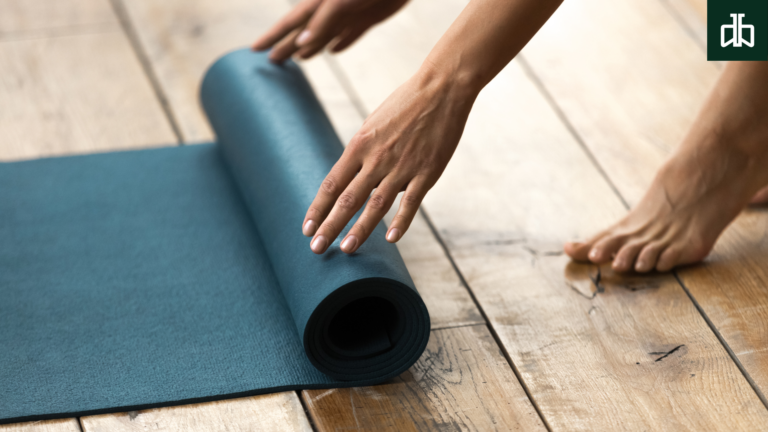Pilates, developed by Joseph Pilates in the early 20th century, has become a popular and highly regarded form of exercise that focuses on improving flexibility, strength, and overall body awareness. This holistic approach to fitness has garnered attention for its numerous benefits that extend beyond physical health. In this article, we will explore what Pilates is and delve into the extensive advantages it offers to those who incorporate it into their fitness routines.
Understanding Pilates:
Pilates is a low-impact exercise method that emphasizes controlled movements, breath awareness, and the alignment of the body. It incorporates a series of precise and fluid movements designed to engage the body’s core muscles, including the abdomen, lower back, hips, and buttocks. Pilates exercises can be performed on a mat or specialized equipment such as the Reformer, Cadillac, and Wunda Chair.
Key Principles of Pilates:
Breath Control: Pilates places significant importance on breath control. Participants are taught to coordinate their breath with movements, promoting better oxygenation of the blood and enhanced focus.
Concentration: Precision and mental focus are central to Pilates. Practitioners are encouraged to concentrate on the specific muscles being worked, fostering a mind-body connection.
Centering: Pilates defines the core as the “powerhouse” of the body. Exercises are designed to strengthen and stabilize the core, providing a solid foundation for overall strength and movement.
Control: The emphasis is on quality over quantity. Movements are meant to be controlled and deliberate, ensuring that each exercise is performed with proper form to maximize effectiveness.
Precision: Pilates exercises require attention to detail. Precise movements target specific muscles, promoting balanced development and preventing strain or injury.
Flow: Fluidity in movement is a key aspect of Pilates. Transitions between exercises are seamless, promoting grace and agility.
Benefits of Pilates:
Improved Core Strength:
Pilates places a primary focus on strengthening the core muscles. A strong core not only enhances stability and balance but also contributes to better posture and reduced risk of back pain.
Enhanced Flexibility:
Pilates incorporates dynamic stretches that contribute to increased flexibility. Improved flexibility can lead to a greater range of motion in joints, reducing the risk of injuries and enhancing overall agility.
Muscle Tone and Definition:
The controlled resistance in Pilates exercises targets various muscle groups, promoting muscle tone and definition. It particularly helps in sculpting long, lean muscles without bulk.
Posture Improvement:
Pilates emphasizes proper alignment and awareness of body positioning. This, in turn, contributes to improved posture, reducing strain on the spine and promoting a more upright and confident stance.
Injury Rehabilitation:
Many physical therapists incorporate Pilates into rehabilitation programs due to its low-impact nature and ability to target specific muscle groups. It is especially beneficial for those recovering from injuries or managing chronic conditions.
Stress Reduction:
The mindful and focused nature of Pilates can have stress-reducing benefits. Concentrating on the exercises and controlled breathing promotes relaxation, contributing to an overall sense of well-being.
Enhanced Mind-Body Connection:
Pilates encourages practitioners to be present in the moment, fostering a strong mind-body connection. This heightened awareness carries over into everyday activities, promoting mindfulness and balance.
Increased Energy Levels:
Regular Pilates practice has been associated with increased energy levels. The combination of physical activity, controlled breathing, and improved circulation contributes to a sense of vitality and reduced fatigue.
Versatility for All Fitness Levels:
Pilates can be adapted to suit various fitness levels and abilities. Whether you are a beginner or an advanced fitness enthusiast, Pilates offers a versatile and scalable workout routine.
Holistic Wellness:
Beyond physical fitness, Pilates promotes holistic wellness by addressing mental and emotional aspects. Many practitioners report an increased sense of overall well-being and a positive impact on mental health.
Pilates is a comprehensive and adaptable exercise method that goes beyond building physical strength. Its holistic approach, focusing on core strength, flexibility, and mental well-being, makes it a valuable addition to any fitness regimen. Whether you are looking to tone muscles, improve posture, or reduce stress, Pilates offers a multitude of benefits for individuals of all ages and fitness levels.
Also Read: Nurturing self compassion overcoming negative self talk for personal growth






